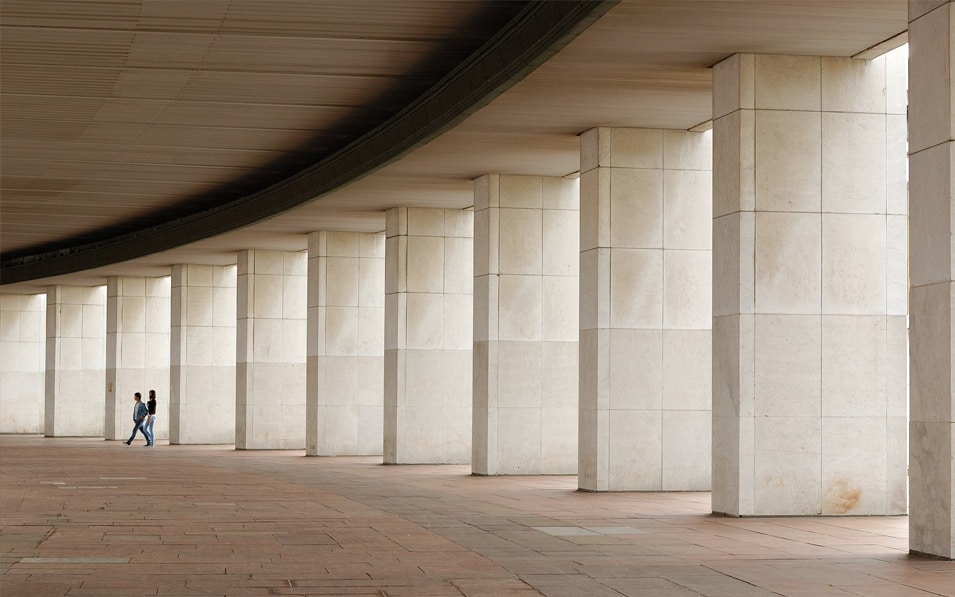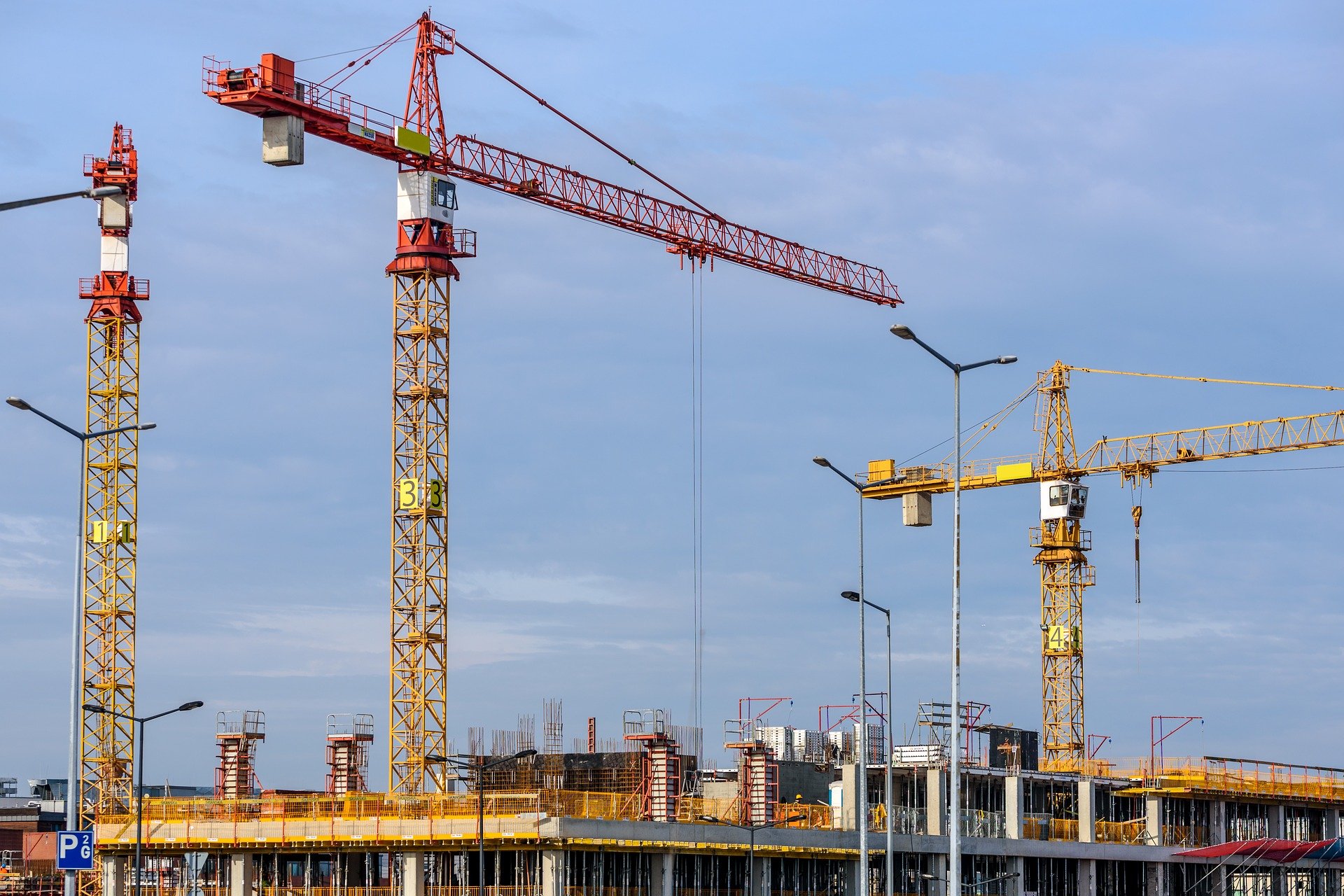
01 Feb Importance of Concrete Quality in Buildings
What exactly is concrete?
Every year, three tonnes of concrete are used for every person on the planet. This makes it one of the world’s most consumed resources, second only to water1. Concrete is made up of three components: cement, water, and aggregates, with the first two combining to produce a paste that hardens and binds the particles together. The water/concrete ratio may be used to calculate the strength of the resultant concrete. Aggregates may be described as a variety of materials that are categorised in a variety of ways:
Primary aggregates are materials that have been directly mined or quarried for the first time.

Secondary aggregates are byproducts of other, previously unutilized processes. Recycled aggregates are materials that have been reused, such as building or demolition debris.
Concrete’s primary applications

Concrete has become the go-to material for the construction industry because to its strength and durability, and it has a wide range of applications in a variety of industries. Concrete may be found practically everywhere, from buildings to roads to water storage and transportation, and from large-scale structures like dams and bridges to tiny goods like kerbs and drains. It may be utilized as the primary building material or for particular reasons such as water, fire, or soundproofing.
The significance of high-quality concrete

Because concrete is used in construction (twice as much as all other building materials combined1), it must be robust enough to endure forces such as weather, water, and human use, depending on the individual application. The production of sub-standard concrete not only has a cost implication for the customer if the materials have to be replaced in a shorter time frame than would normally be expected, but there is also a very real risk to human life depending on where the concrete has been used if the poor-quality results in crumbling or collapse.
When discussing concrete work quality, it might relate to the completed look, consolidation, or placement precision. While all of these factors are significant, the quality extends far deeper. Concrete quality starts with the specification of acceptable strengths necessary to sustain the structure, concrete mix design elements, desired finishes, and the requirement to define work that is constructible. When working with concrete, it is critical to understand the reinforcing needs, accessory requirements, planned and attainable strengths, historical data relevant to materials being utilized, optimum material placement, and monitoring of periodic trending strengths to verify design criteria are fulfilled.
Concrete tolerance, in addition to strength, is crucial. Consolidation of concrete and reinforcing coverage is critical to avoiding the removal of in-place work and the need for structural corrective measures. Slab placements may need a specific amount of flatness based on the intended use of the area, such as big warehouses with automated equipment where flatness is critical. When embarking on concrete building projects, it is critical to adequately prepare ahead of time to ensure that the necessary materials and equipment are employed to provide the finest quality possible for the final user.
As the basis for the majority of construction, it is critical to understand all elements of concrete from idea to completion in order to guarantee a successful installation.
